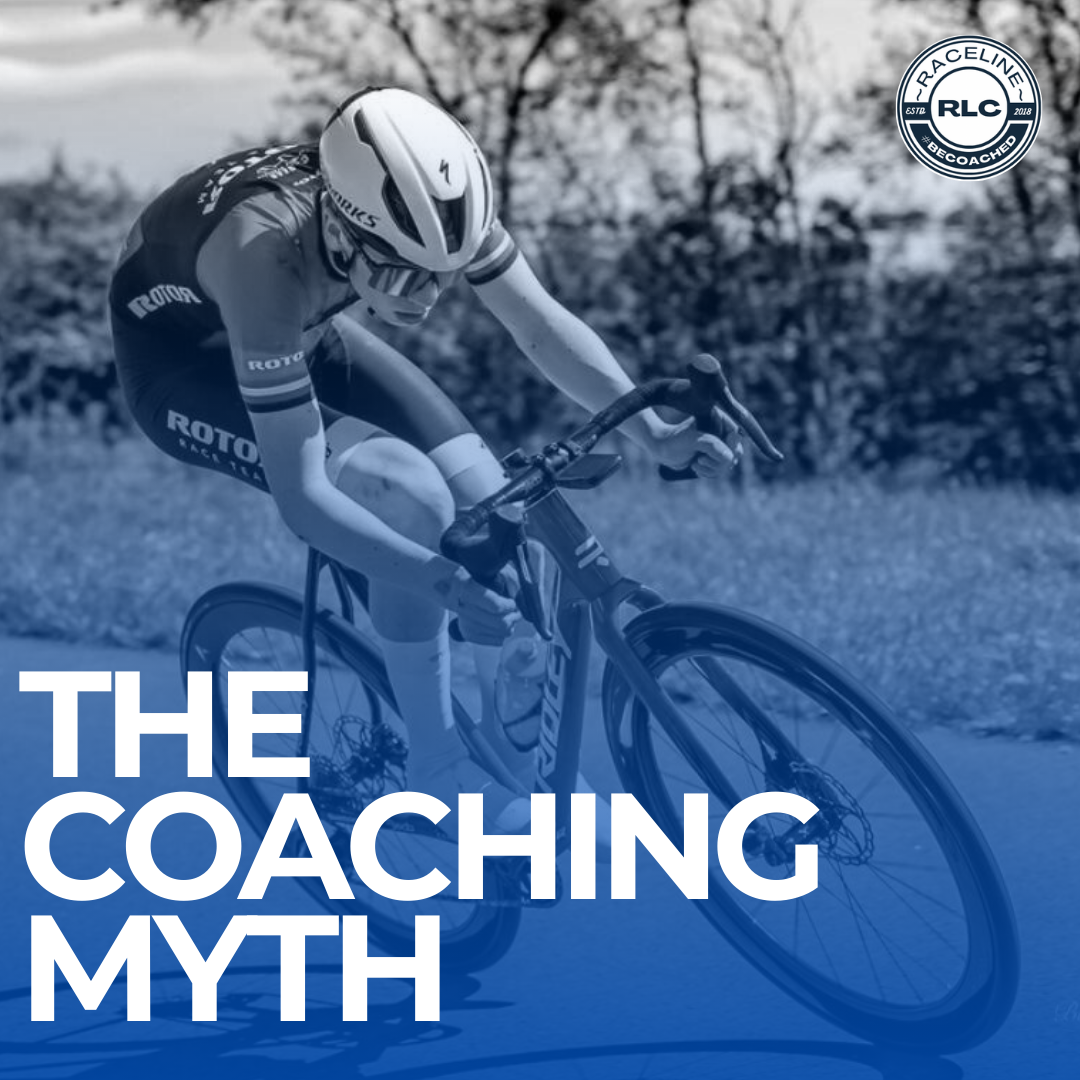How to Increase Your FTP in 4 Weeks
A Science-Based Blueprint for Smarter, Stronger Cycling
By Daniel Coombe, Head Coach
Raceline Coaching
www.racelinecoaching.co.uk
Introduction
Functional Threshold Power (FTP) is the gold standard for endurance cycling performance. It reflects the maximum power you can sustain for approximately one hour and serves as the anchor point for all power-based training zones.
Raising your FTP isn’t just about going harder it’s about going smarter. This 4-week guide is a scientifically grounded plan to help all cyclists increase their FTP using structured training, nutrition, and recovery strategies developed at Raceline Coaching. It’s designed for riders who want rapid, meaningful progress in minimal time.
1. What Is FTP and Why Does It Matter?
FTP is your 60-minute power ceiling. It's the tipping point between sustainable aerobic effort and anaerobic overload. This makes it critical for racing, time trials, group rides, and overall performance.
It underpins your training zones and defines your capacity to maintain high speeds without accumulating fatigue. Whether you’re an amateur or elite, a higher FTP unlocks performance in all disciplines from crits and road races to gravel and fondo events.
2. The Physiology Behind FTP
FTP is determined by several key factors:
Mitochondrial Density: More mitochondria = greater aerobic energy production.
Lactate Clearance: Efficient athletes clear lactate faster, maintaining higher intensities.
VO₂max Utilisation: FTP reflects how much of your aerobic ceiling you can access.
Muscular Efficiency: Improved fiber recruitment and torque production at lower metabolic cost.
Training around 88–100% of your FTP (Sweet Spot and Threshold) drives adaptations in all these areas, making it the most time-effective zone for FTP development.
Did you see our last blog?
The Truth About Cycling Training: Why Everything You’ve Been Told Is Wrong
3. The 4-Week FTP Booster Plan
This plan uses structured progressive overload, focused intensity, and deliberate recovery.
Week 1: Base & Activation
2×20min Sweet Spot @ 88–94% FTP (5–10 min recovery)
2–3 hour aerobic endurance ride (Zone 2)
Optional cadence pyramids or drills
Strength & mobility 2×/week
Week 2: Threshold Development
3×12min @ 95–100% FTP
Over/Unders: 3×(2min @ 90%, 1min @ 105%)
2.5–3.5 hr aerobic ride with 30 min Tempo finish
Optional: 1 short HIIT primer (30s ON/1min OFF × 8)
Week 3: Progressive Load
3×15min Sweet Spot + 1×10min Threshold
Tempo ride: 90min continuous @ ~80%
3hr aerobic ride with sprint efforts (8–10×15s)
Active recovery ride (45 min Zone 1–2)
Week 4: Taper & Test
2×10min @ 90% FTP
Openers: 3×1min @ VO₂max + 2×10s sprints
Rest day
FTP Test: 20-minute (or 60-minute) maximal effort
💡 Note: Riders with limited time can modify the plan with 3 rides/week focused on key intervals and one long ride.
4. Nutrition to Support FTP Gains
Training near threshold demands carbohydrate availability. Inadequate fuelling leads to blunted adaptations.
Before intense rides: 30–60g carbs per hour beforehand
During long rides: 60–90g carbs/hr for rides over 2 hours
Post-session: 3:1 carbs to protein, 20–25g protein minimum
Hydration: 500–750ml fluid/hour with electrolytes
⚠️ Low-carb rides may have a place for metabolic flexibility but should not be used during high-intensity weeks.
5. Recovery: The Secret Weapon
Your body adapts between sessions, not during. Skimping on recovery sabotages progress.
Sleep: Aim for 8+ hours/night
HRV Monitoring: Use tools like HRV4Training or Whoop to detect readiness
Recovery Nutrition: Refuel within 30 minutes of hard sessions
Active Recovery: Light spinning, stretching, or foam rolling help blood flow
Chronic fatigue or plateauing FTP is often a sign of under-recovery, not under-training.
6. Measuring FTP Progress
After the 4-week plan, re-test using a consistent protocol. Two main methods:
20-Minute Test: Multiply average power by 0.95
60-Minute Test: More accurate but very demanding
Ramp Test: Estimates FTP via power profiling (less taxing)
Look for at least a 3–7% increase in FTP depending on your baseline and adherence. Gains are greater in newer athletes or those returning from a break.
7. Frequently Asked Questions
Q: Can I do this on Zwift or indoors?
Yes. The intervals are ideal for smart trainers. Just ensure you're hydrated and ventilated.
Q: What if I miss a session?
Don’t cram. Skip it or replace with an easier endurance ride. Consistency > perfection.
Q: Can I combine this with racing?
Yes, but manage intensity. Replace one session with your race and adapt weekly load.
Q: What FTP test is best?
For repeatability and accessibility, the 20-minute test is most practical. The ramp test is a useful alternative for beginners or time-crunched athletes.
Conclusion
Improving FTP in four weeks is realistic with the right combination of smart training, fuel, and recovery. This guide gives you a high-impact, time-efficient structure backed by science and experience.
Whether you’re training for sportives or elite competition, boosting FTP improves every part of your riding. Trust the process, listen to your body, and lean on expert help when needed.
Work With Us
Raceline Coaching offers:
Fully tailored coaching
Unlimited communication
Advanced data insights
Support across road, CX, gravel & more
➡️ Learn more: www.racelinecoaching.co.uk






